From Challenges to Comfort: Palliative Care for Dementia Patients
Practical ways palliative care makes life more comfortable for dementia patients, addressing their physical and emotional needs with care.
Understanding what’s normal—and what might signal a health issue—can empower you to take control of your well-being and enjoy a healthier, more vibrant life, no matter your age.

Aging is a natural part of life, but it can be misunderstood if you don't look closely. It does not arrive with a sudden change or dramatic shift but instead happens every day. By your 30s, your cells start replicating more slowly, and your heart, lungs, kidney and liver operate slightly less well. These small changes, sometimes easy to ignore, can increase your vulnerability to certain diseases as the years go on.
The aging process is not the same for everyone on earth, some people have it easier and others have it much harder. Genetics lay the groundwork, but lifestyle choices and your environment play a big role in shaping how you age. They say genetics loads the gun, but your diet and exercise choices fire the bullet. Those who practice healthy habits and care for both their body and mind often find themselves much better prepared for the challenges of later life.
As we age, our bodies and minds start to adjust in ways that you notice. It’s common to experience baseline shifts, like occasional forgetfulness, slower physical recovery, or changes in stamina. Muscles may lose some of their strength, and joints might begin to suffer from arthritis, making moving more challenging.. These are typical markers of aging, often are easy to manage with the right routine. However, not every change is normal. Mental cognitive impairment, unexplained weight change, or a sudden decline in physical ability could mean that something more serious going on. Learning to see these signs is key to maintaining health and getting in front of potential issues early.
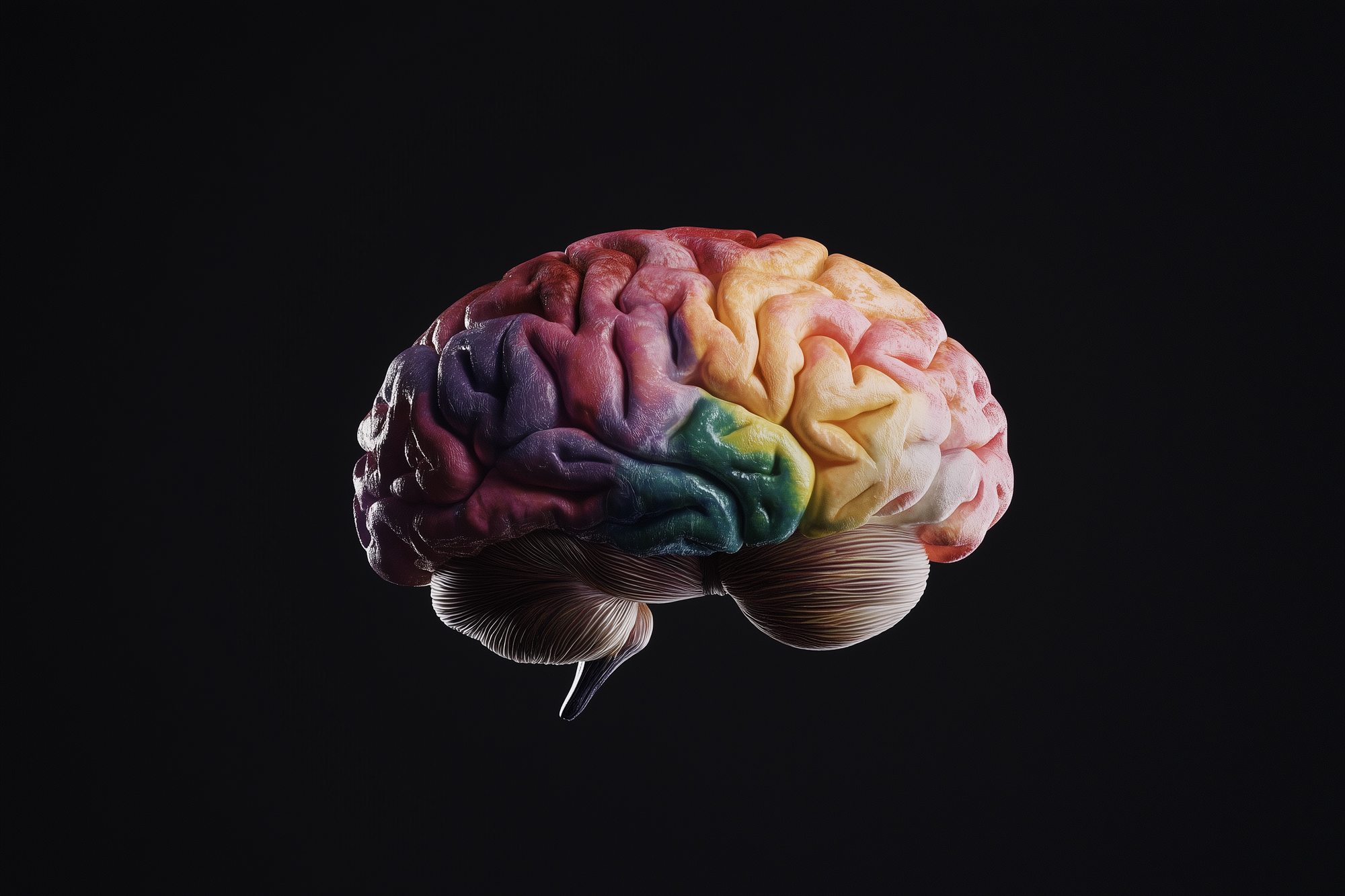
The human brain is a paradox. On one hand, it is remarkably resilient, capable of storing knowledge, adapting to new challenges, and maintaining its grip on abstract reasoning well into old age. On the other, it is vulnerable to the slow erosion of time—a process that begins earlier than most people realize. By your 30s or 40s, the brain starts to shrink, almost imperceptibly. By 60, the pace quickens. Blood flow decreases, and the once-flawless relay between neurons starts to lag.
These changes have consequences. Your attention span might shorten. That elusive word you were just about to say? Stuck somewhere on the tip of your tongue. Picking up a new skill, like a foreign language, feels harder than it once did. But here’s the thing: the brain is a master of adaptation. Lose nerve cells in one area, and another region may step in to compensate. Strengthen connections where it counts, and you might gain something often referred to as wisdom—a synthesis of experience, judgment, and insight that younger minds simply lack.
Still, there are limits. Roughly one-third of people over 85 develop Alzheimer’s or another form of dementia, a stark reminder that aging is not uniform. Health conditions, medication, and even lifestyle choices play a role in determining whose minds stay sharp and whose falter.
Most memory lapses—like misplacing your keys—are harmless. But if the lapses extend to forgetting what day it is or struggling with daily tasks, it could be a sign of something more serious. These shifts, both normal and not, underline a key truth about aging: understanding your brain's changes is the first step toward protecting it.
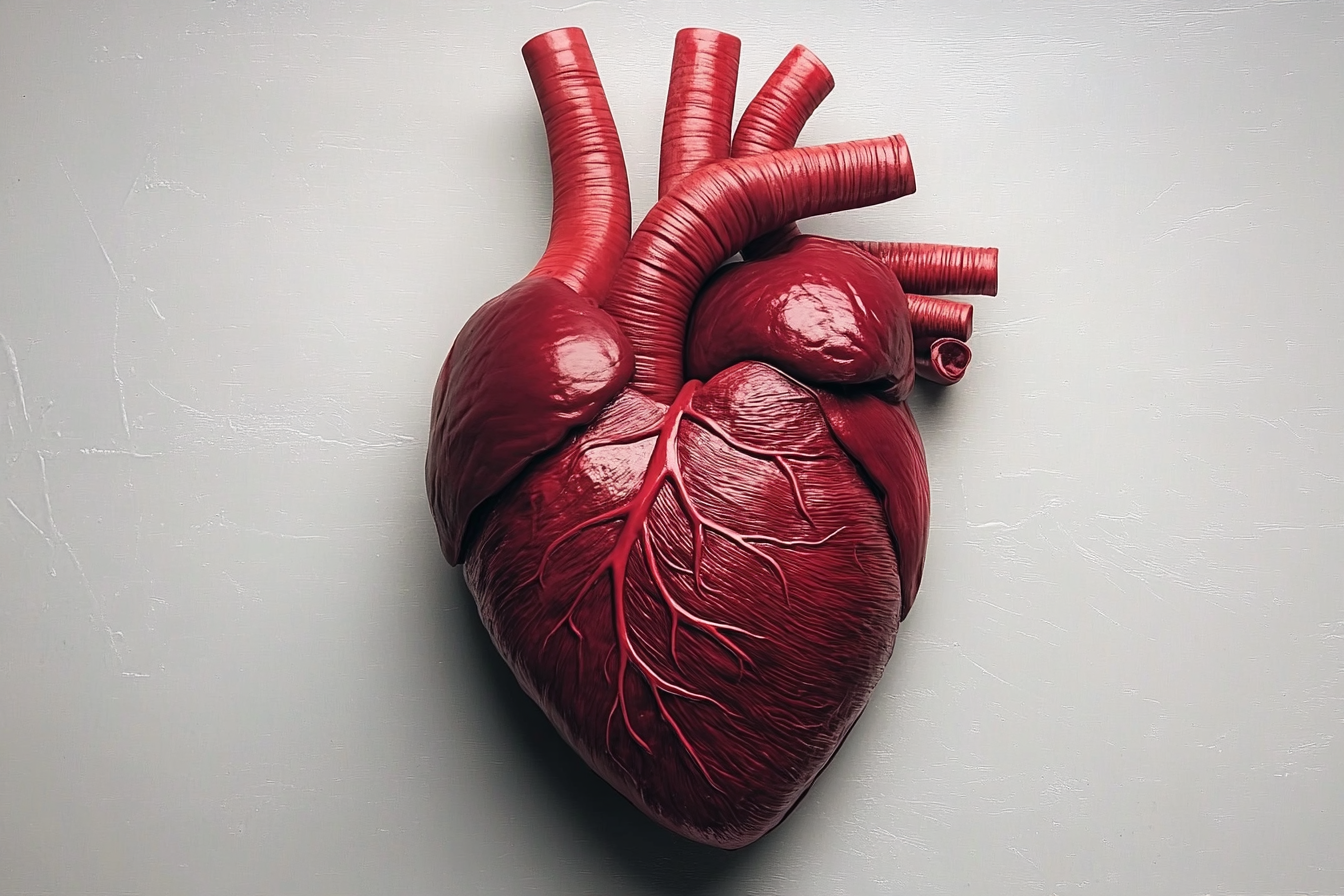
The heart is a marvel of the human body. It beats over 100,000 times a day without pause, always adjusting to the demands of your personal lifestyle. But as you age, this system begins to adapt in ways that you may not like very much. The walls of your blood vessels thicken, and their elasticity loses some of its spring, making it harder for blood to move freely. This added resistance can nudge your blood pressure upward and leave you feeling lightheaded when you stand too quickly—a small signal of the changes underway.
By your 60s, the heart’s natural "pacemaker" cells, which govern its rhythm, start to decline and disappear. This reduction doesn’t mean your heart stops working well, but it does mean it can’t accelerate as quickly during exercise. You might notice your peak heart rate is lower than it once was, or that your recovery takes a little longer. Bradycardia—an unusually slow heart rate—also becomes more common.
For some, these shifts remain manageable, while for others, they set the stage for more significant challenges in maintaining your health. High blood pressure affects millions of older adults globally and is often a precursor to other complications. Heart disease continues to top the list as the leading cause of death for men and women around the world.
The key is to pay attention. Shortness of breath, chest discomfort, fatigue, or irregular heartbeats shouldn't be ignored. These symptoms might signal a deeper issue, one that can often be addressed with timely intervention. Regular checkups are not just a box to check—they are your best chance to catch any heart problems early and ensure your heart remains steady and strong for the rest of your life.
Let’s talk about your immune system, one of the most important parts of your body that is seriously impacted by aging. From the day you’re born, it’s there, quietly working in the background, protecting you from the thousands of microbes that cross your path every day. But as you age, that partnership changes. Your immune system, once a quick-thinking, fast-moving guardian, slows down. It learns, adapts, and sometimes stumbles. And understanding how it changes can help you stay ahead.
Here’s the thing about aging: it doesn’t just show up in gray hairs or aching joints. It’s in your immune system too. Over time, it responds more slowly. This process has a name—immunosenescence. It’s like your immune system is running on older software, and unfortunately this doesn't get updated. It still works, but it’s not as fast, and it’s prone to errors.
This slowdown makes it harder for your body to fight off infections. Cuts might take longer to heal. A simple cold could linger for longer than you might expect. And because your immune system is also responsible for destroying damaged cells, its decline can mean a higher risk of diseases like cancer. Vaccines, which rely on your immune system to react strongly, might not work as well either.

But that’s not the whole story. There’s another change happening too, called inflammaging. Imagine a fire that smolders constantly, sending out just enough smoke to irritate but not enough to alarm. That’s what chronic inflammation is like in your body. It’s there, simmering in the background, slowly wearing you down.
And this is a big deal because inflammation isn’t just an immune system quirk—it’s a major driver of aging. It’s linked to heart disease, diabetes, Alzheimer’s, and more. Over time, it weakens your body’s ability to recover and repair itself.
Here’s where it gets interesting. While some parts of your immune system weaken, others become stronger—but not always in ways you’d hope. Take memory T cells, for example. These are the cells that remember the viruses or bacteria you’ve encountered before. They’re like your immune system’s library of past battles, and as you age, that library grows.
This is good news when you encounter an old foe, like a flu strain you’ve fought off before. But the cost of this memory is fewer naive T cells, the ones that handle new threats. In other words, your immune system gets stuck in its ways. It’s prepared for yesterday’s fight, but not tomorrow’s. That’s why novel diseases, like COVID-19, hit older adults so much harder.
Now, if this all sounds grim, let me assure you: it’s not the end of the story. Because there are things you can do—right now—to strengthen your immune system. Here are a few that really work:
Your immune system isn’t a static thing you can't influence. It evolves as you get older. It gets smarter in some ways and slower in others. And while aging changes it, those changes don’t have to leave you vulnerable. With the right steps—staying active, eating well, and using modern medicine to your advantage—you can help your immune system working and also stay strong.
As the years pass, the five senses—sight, hearing, taste, smell, and touch—don’t work quite the way they used to. These changes are subtle at first but can become more noticeable with time. While they’re a normal part of aging, they also come with challenges. Fortunately, with the right knowledge and adjustments, you can adapt and continue to enjoy the world around you.
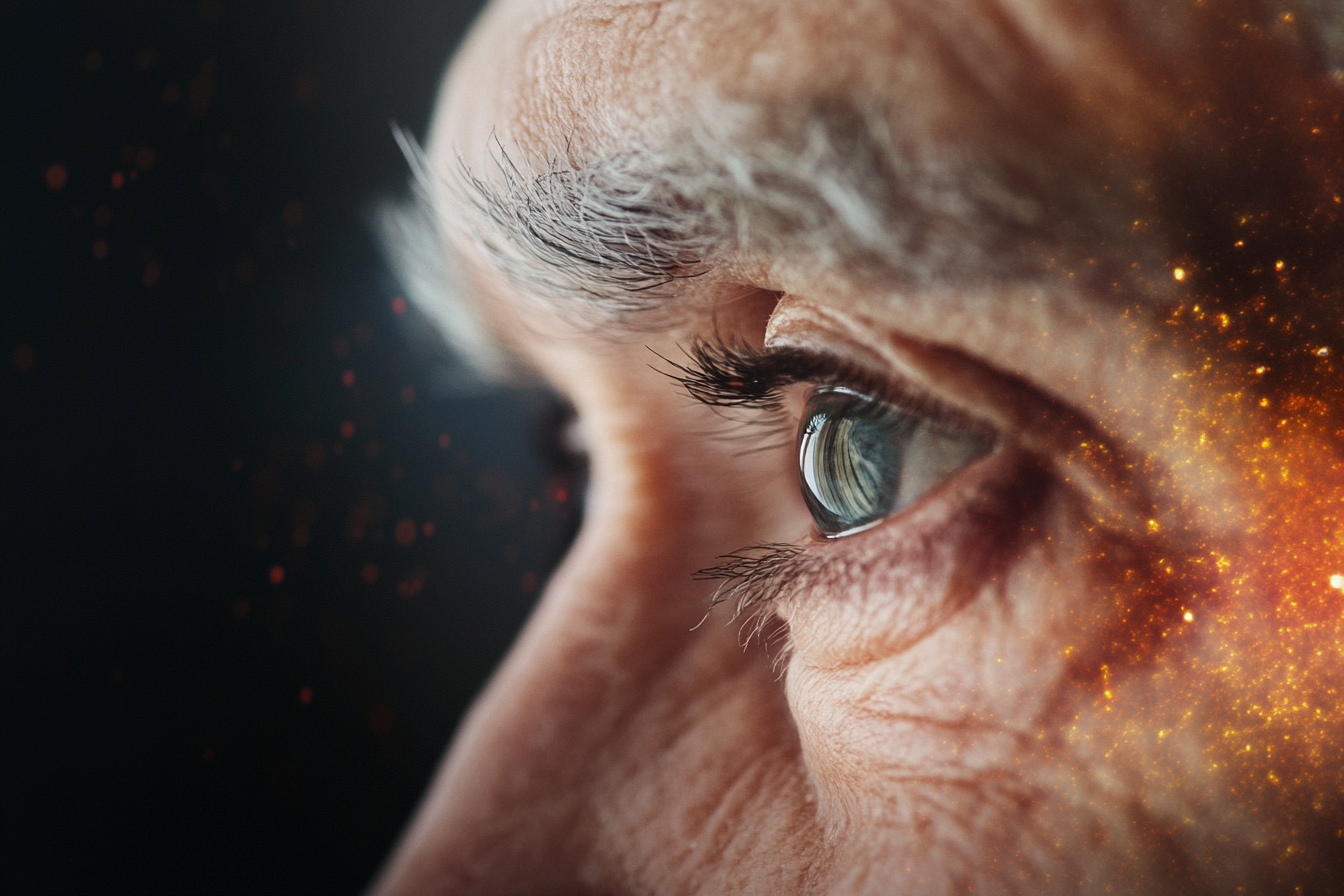
For most, vision is the first sense to hint at the aging process. By your 40s, reading fine print or focusing on objects up close might require some squinting—this is presbyopia, and it happens because the lens of the eye becomes less flexible. By your 60s, dimly lit rooms feel darker, colors may lose their vibrancy, and dry eyes might become a constant companion.
These changes are manageable. Reading glasses, brighter lighting, and artificial tears can make a big difference. But keep an eye out—pun intended—for sudden changes, as these can signal more serious conditions like cataracts, glaucoma, or macular degeneration. Routine eye exams are essential for catching problems before they impact your daily life.
Hearing loss is often gradual—so gradual that many people don’t realize it’s happening until they’re struggling to follow conversations in noisy settings. By age 75, nearly half of older adults experience presbycusis, an age-related hearing loss that makes high-pitched sounds harder to hear. Whispering grandchildren? A chirping smoke alarm? Those sounds may fade first.
Hearing loss can feel isolating, but it doesn’t have to. Hearing aids and assistive devices are better than ever, and regular screenings can help you address changes early. Protect your hearing as much as possible by avoiding loud noises and using ear protection when necessary.

Taste and smell work as a team, and when one changes, the other often follows. By your 50s, you may notice food tastes a little less vibrant. Sweet and salty flavors tend to fade first, while bitter foods might stand out more sharply. This happens because taste buds lose sensitivity and the olfactory nerves responsible for smell start to decline.
A thinner, drier nasal lining can make it harder to perceive aromas, which impacts how food tastes. These changes can affect appetite and even nutrition, but there are workarounds. Cooking with fresh herbs, bold spices, and textured ingredients can help reignite your palate. However, if you experience a sudden loss of smell or taste, consult your doctor—it could point to an underlying issue like an infection or neurological condition.

The sense of touch becomes less sharp with age. The skin loses nerve endings and elasticity, making it harder to feel sensations like heat, cold, or pressure. This can increase the risk of burns, cuts, or unnoticed injuries.
While some sensory changes are expected, persistent tingling, numbness, or pain could signal something more serious, like neuropathy or diabetes, and should be discussed with your doctor. Staying on top of your of skin care—hydrating, protecting against extreme temperatures, and monitoring for injuries—can help you stay safe and comfortable.
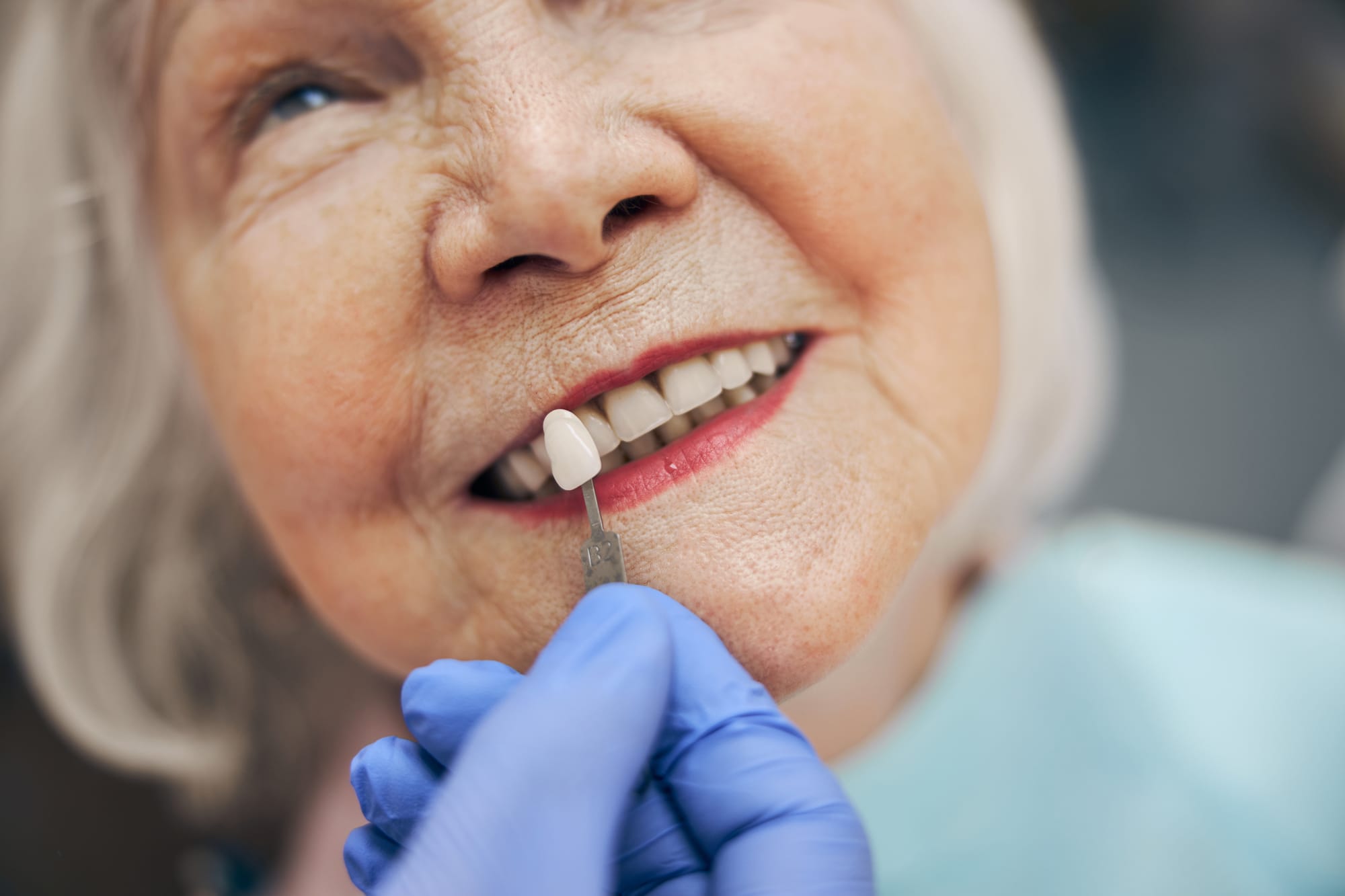
As we age, gums recede, exposing the softer, more vulnerable part of the tooth below the enamel. This newly exposed area isn’t just more sensitive to heat and cold; it’s also more prone to decay. And then there’s tooth enamel—the armor that has protected your teeth through every meal, every snack, every late-night bite. Over the years, it wears down, leaving teeth more fragile and less able to handle the daily tasks of eating and chewing.
But perhaps the most overlooked change is in your saliva. Saliva isn’t just there to keep your mouth from feeling dry; it’s a natural part of your immune system, washing away bacteria and neutralizing acids. As we age, saliva production often decreases, sometimes because of the aging process itself, but more often as a side effect of common medications. This dryness, known as xerostomia, creates an ideal environment for cavities and gum disease to take hold.
Yet, despite all this, oral health doesn’t have to be a losing battle. Regular dental checkups aren’t just about fixing problems—they’re about spotting them before they start. Brushing with fluoride toothpaste and flossing daily may seem basic, but they’re your best defenses against gum recession and enamel wear. For dry mouth, staying hydrated and using saliva substitutes can make a surprising difference.
The real secret? Treat your mouth like the complex system it is. With the right care and attention, your teeth and gums can continue to do their job long after you’ve stopped noticing them. And isn’t that what we all want—to keep the things we rely on working quietly, efficiently, and without fuss? Aging may change your oral health, but it doesn’t have to define it.
Aging is most visible on the skin, our largest and most exposed organ. It tells a story—of years lived, of choices made, of the environment we’ve lived in. By the time we reach our 60s, that story begins to unfold in more noticeable ways. Skin becomes thinner, drier, and less elastic, requiring more attention and care than it once did.
The science behind this transformation lies in the proteins that hold everything together. Collagen, which gives skin its structure, and elastin, which allows it to bounce back, decline steadily with age. Meanwhile, the fat beneath the skin—once a cushion that smoothed out wrinkles and rounded contours—diminishes. Together, these changes lead to sagging, fine lines, and a longer healing time for cuts and bruises.
There’s also a quieter shift happening: reduced sweat production. This makes it harder for the body to cool itself during heat, adding to the skin’s list of vulnerabilities. What once felt like a system on autopilot now needs more active care to stay functional and comfortable.
And then there’s the sun. Decades of ultraviolet (UV) exposure compound these internal changes in what dermatologists call photoaging. UV rays break down collagen and elastin, leaving behind wrinkles, dark spots, and laxity. People with lighter skin, due to lower melanin levels, often experience more pronounced effects, while darker skin tones benefit from melanin’s protective qualities. But no one is entirely immune.
The good news? Aging skin can thrive with a bit of extra care. Hydration becomes key—both inside and out. Using a rich moisturizer traps water in the skin, helping to combat dryness. Sunscreen isn’t just a summer ritual; it’s a daily essential to prevent further UV damage. And gentle skincare products, free of harsh chemicals, can preserve the skin’s natural barrier.
Aging may alter the texture and resilience of your skin, but it doesn’t diminish its importance. With thoughtful care and protection, your skin can remain healthy, functional, and a part of your story that you’re proud to share.
Bones tell the story of your life. They’re with you from the beginning, growing stronger and taller as you mature, and adapting as you take on new challenges. But, like all stories, this one has a turning point. Somewhere around middle age, a subtle shift occurs. The process that has kept your skeleton strong for decades—breaking down old bone and building new—starts to tilt out of balance. The breakdown begins to outpace the rebuilding, and though you don’t feel it happening, your bones quietly begin to weaken.
This doesn’t mean your bones are failing you. It’s a natural part of aging, a process influenced by countless factors: biology, hormones, even the choices you’ve made along the way. By the time you’re in your 50s, the effects of this shift become more apparent. Women, especially, are at greater risk. After menopause, the body’s production of estrogen, a hormone crucial for maintaining bone density, plummets. Without its protective effects, bone loss accelerates.
For many, this begins with osteopenia, a stage where bone mass decreases but hasn’t yet reached a critical threshold. Left unchecked, it can progress to osteoporosis, a condition that makes bones so brittle that even a minor fall or simple movement can result in a fracture. It’s a quiet condition, often without symptoms until an injury occurs, but its consequences can be life-altering.
Men aren’t immune to bone loss either. While the process tends to be slower, by age 70, men face similar risks, particularly in the hips, spine, and wrists. The difference is in the pace of decline, not in its inevitability.
Bones don’t just weaken overnight, and they don’t need to be left to fate. Bone density tests—quick, painless, and accessible—are one of the most effective ways to monitor your skeletal health. For most women, these screenings start at age 65. Men typically begin at 70, though risk factors like a family history of osteoporosis or long-term steroid use may warrant earlier testing.
These tests give you a glimpse into what’s happening beneath the surface, offering an opportunity to act before a fracture becomes your wake-up call.
And here’s where your story takes on a different tone: the things you do every day can reshape your future. Calcium and vitamin D aren’t just nutritional buzzwords; they’re the foundation of bone health. Calcium strengthens bones, while vitamin D helps your body absorb it. Together, they create a system of support that keeps your skeleton resilient.
Then there’s movement. Weight-bearing exercises like walking or strength training send a message to your bones: stay strong, stay dense, stay ready. Even small, consistent actions—taking the stairs, gardening, carrying groceries—can reinforce that message.
For some, lifestyle changes alone might not be enough. That’s where modern medicine steps in, offering treatments to slow bone loss or even rebuild what’s been lost. The key is knowing when to seek help and being open to intervention when it’s needed.
Muscle strength is one of those things you don’t think about—until it begins to fade. By the time most people hit their 30s, the slow, steady process of muscle loss has already begun. It’s subtle at first, barely noticeable. But by 60, the decline accelerates, and without intervention, the effects can snowball into reduced mobility, slower recovery from injuries, and a greater risk of falls.
This process, known as sarcopenia when it becomes severe, is often painted as an inevitable consequence of aging. But that’s not entirely accurate. Muscle loss doesn’t just happen because of aging itself; it’s deeply connected to how we use—or fail to use—our muscles over time. Inactivity, hormonal shifts, and changes in muscle fibers all contribute to the story.
For some, the numbers are stark: sarcopenia affects about 13% of people in their 60s and 70s and nearly half of those over 80. But here’s the part that often gets overlooked—severe muscle loss is preventable. It’s not a fate you have to accept.
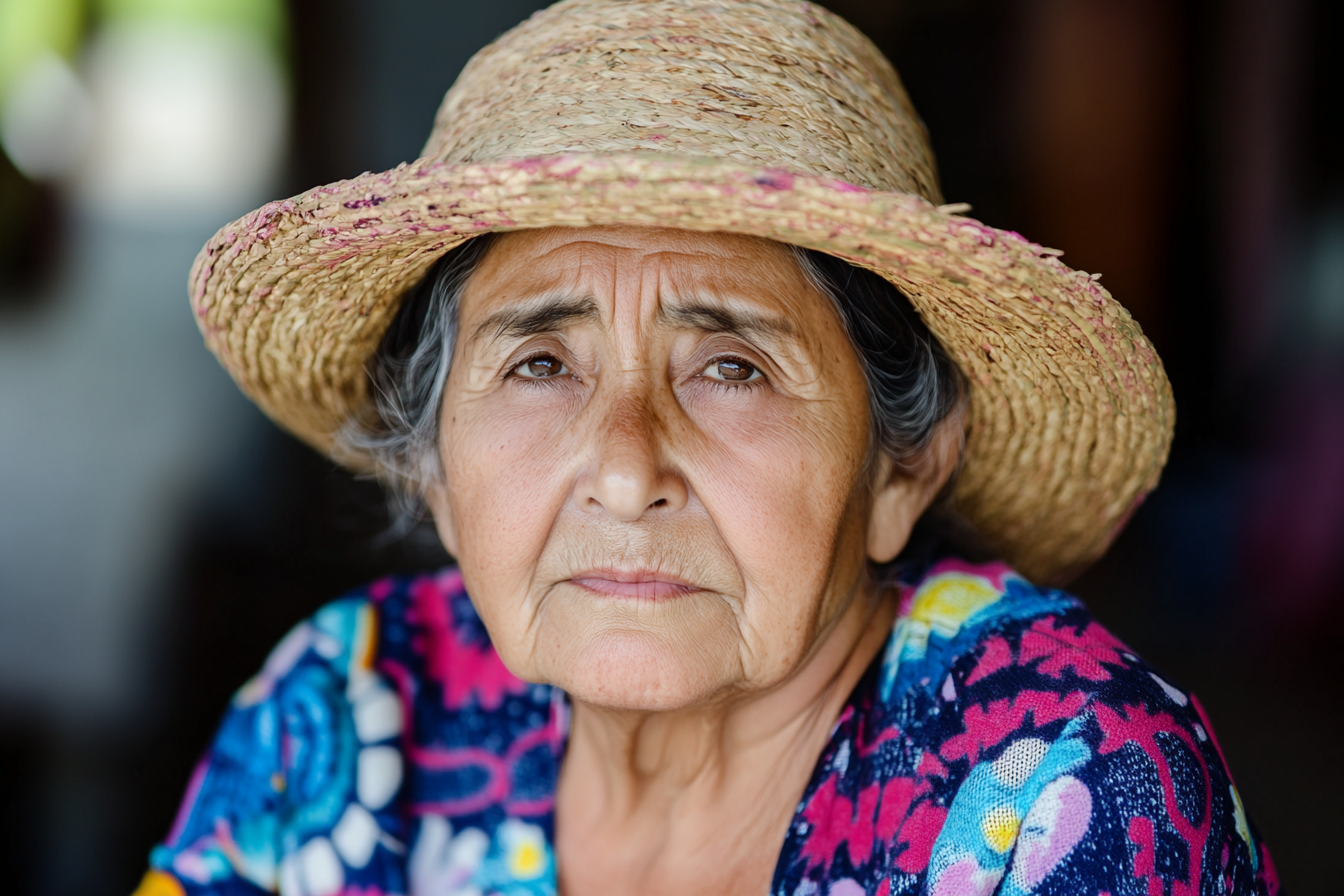
Muscles respond to resistance, and they respond remarkably well, even in later life. When you engage in strength-based exercises, you’re essentially telling your muscles: "Stay here. Grow stronger. Don’t give up." And they listen.
Regular resistance training—whether it’s lifting weights, using resistance bands, or even bodyweight exercises like squats or push-ups—can slow, stop, or even reverse muscle loss. These exercises stimulate the muscle fibers, promote protein synthesis, and restore functionality.
It’s not just about vanity or staying in shape. Maintaining muscle strength has real, tangible benefits:
Experts recommend targeting all major muscle groups—legs, back, chest, arms, and core—two to three times a week. For beginners, starting with light resistance and gradually increasing intensity is key.
If you’re new to resistance training, the idea might seem daunting, but it doesn’t have to be. A conversation with your doctor or a fitness professional can help you create a program tailored to your needs. The goal isn’t to become a bodybuilder; it’s to maintain the strength that allows you to live your life fully and independently.
And it doesn’t take hours in the gym. Even a modest commitment—15 to 30 minutes a few times a week—can yield significant results. The key is consistency.

Aging brings a host of changes to the body, and your digestive system is no exception. It’s a slow evolution, often beginning unnoticed, but over time, it can subtly shape the way your body processes food and absorbs nutrients. What you eat and how your body uses it starts to shift, and understanding these changes is the first step to maintaining digestive health.
Your metabolism—the engine that converts food into energy—naturally slows as you age, often starting around age 60. This isn’t just about burning fewer calories; it’s a systemic shift that can influence appetite, energy levels, and weight management. Many older adults find themselves eating less, sometimes because of a reduced sense of taste and smell, which can make food less appealing. Between 20% and 30% of adults over 60 consume fewer calories than they need, putting them at risk for nutritional deficiencies.
Digestion itself transforms as well. The stomach loses some of its elasticity and empties more slowly, creating a sensation of fullness after smaller meals. While this can prevent overeating, it may also mean you’re not getting enough nutrients if meals are skipped or portions shrink too much.
Heartburn becomes more common, especially as the muscles in the lower throat weaken and the esophageal flap becomes less reliable. About 25% of adults over 75 take medication for acid reflux—a condition that becomes more persistent with age.
The intestines also slow down, and this reduced motility can lead to constipation, a problem for nearly half of older adults. At the same time, the gut produces fewer digestive enzymes, such as lactase, which helps break down dairy. This can cause new sensitivities or discomfort with foods that were once staples in your diet.
Aging can also affect how your body manages blood sugar. After meals, blood sugar levels may spike more noticeably than they did when you were younger. For some, this is a minor change, but for others, frequent spikes can increase the risk of developing type 2 diabetes.
One of the less obvious but critical changes is a decline in the body’s ability to absorb nutrients. As digestive efficiency decreases, older adults are at greater risk of deficiencies in key vitamins and minerals, such as vitamin B12, calcium, and iron. These deficiencies can contribute to fatigue, weakened bones, and other health issues if not addressed.
While these changes are natural, they’re not insurmountable. You can support healthy digestion and metabolism with some straightforward strategies:
Aging is inevitable, but how you age is largely up to you. It’s not about avoiding change—it’s about navigating it. Your body shifts over time: muscles weaken, metabolism slows, and bones grow more fragile. But these changes don’t define you. What does is how you respond.
The formula is simple but powerful. Move often—exercise keeps your muscles strong and your mind sharper than you think. Eat intentionally—focus on foods that nourish, not just fill. And most importantly, pay attention—to your body, your habits, and the subtle cues that tell you when something’s off.